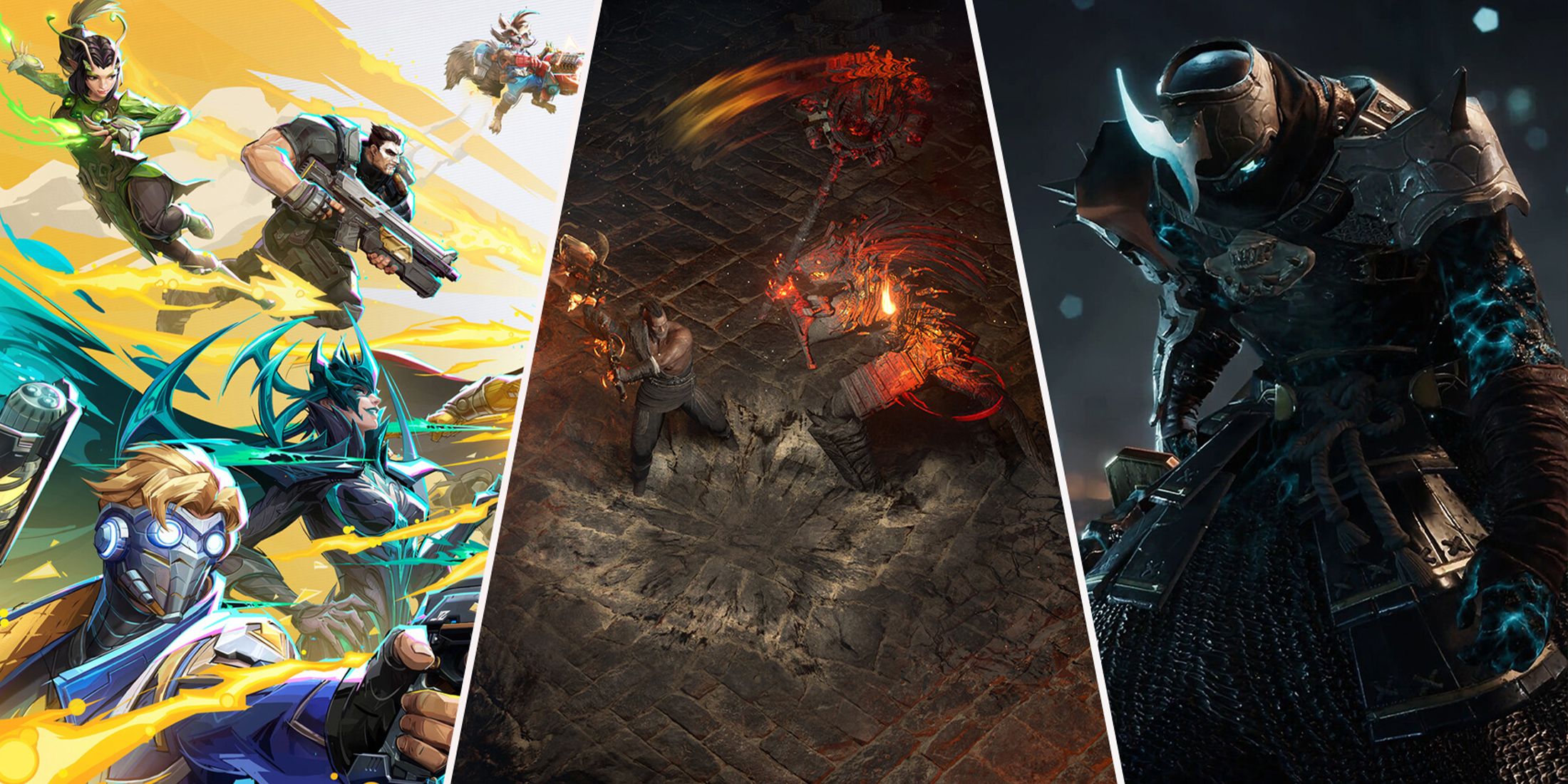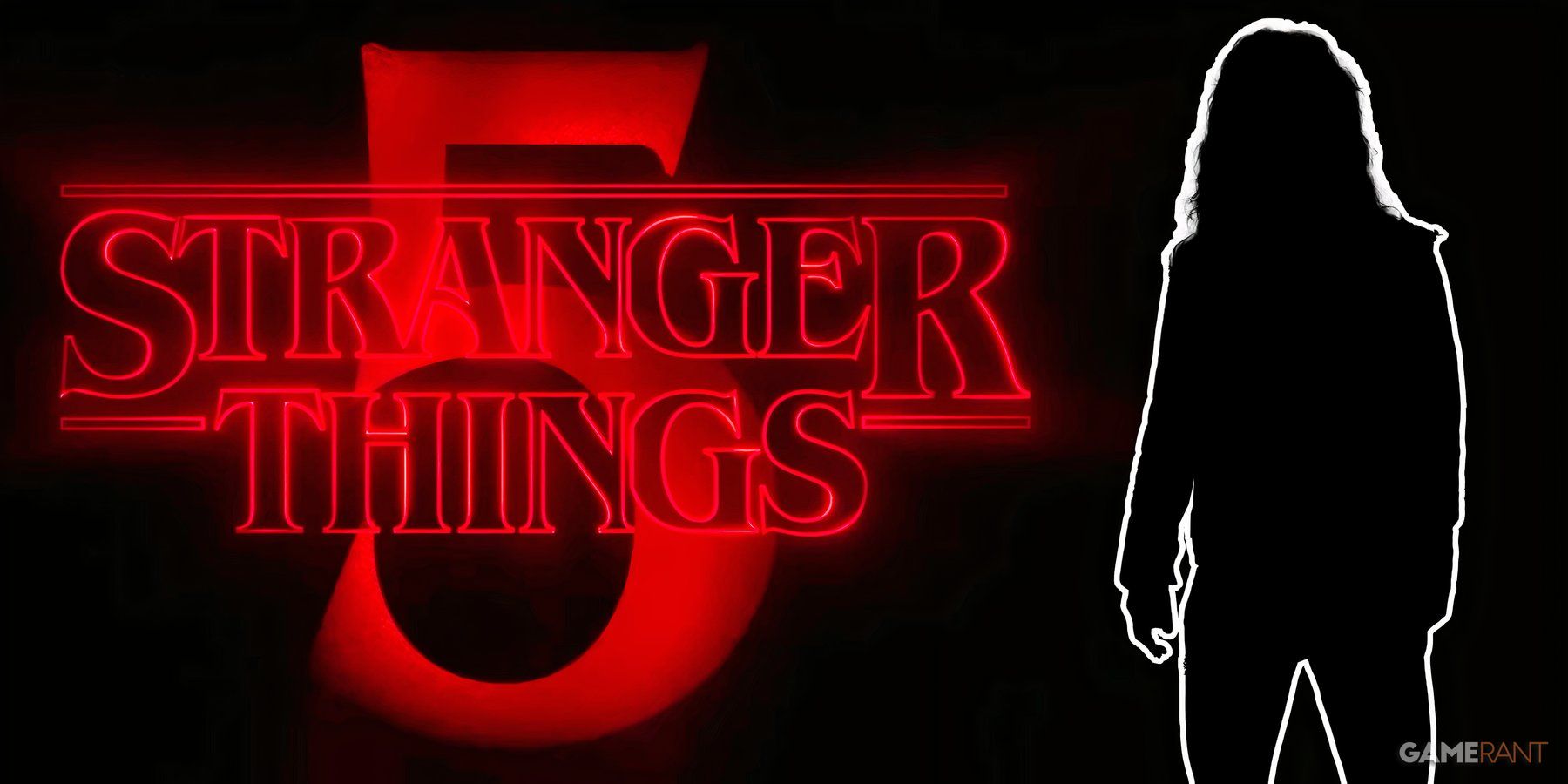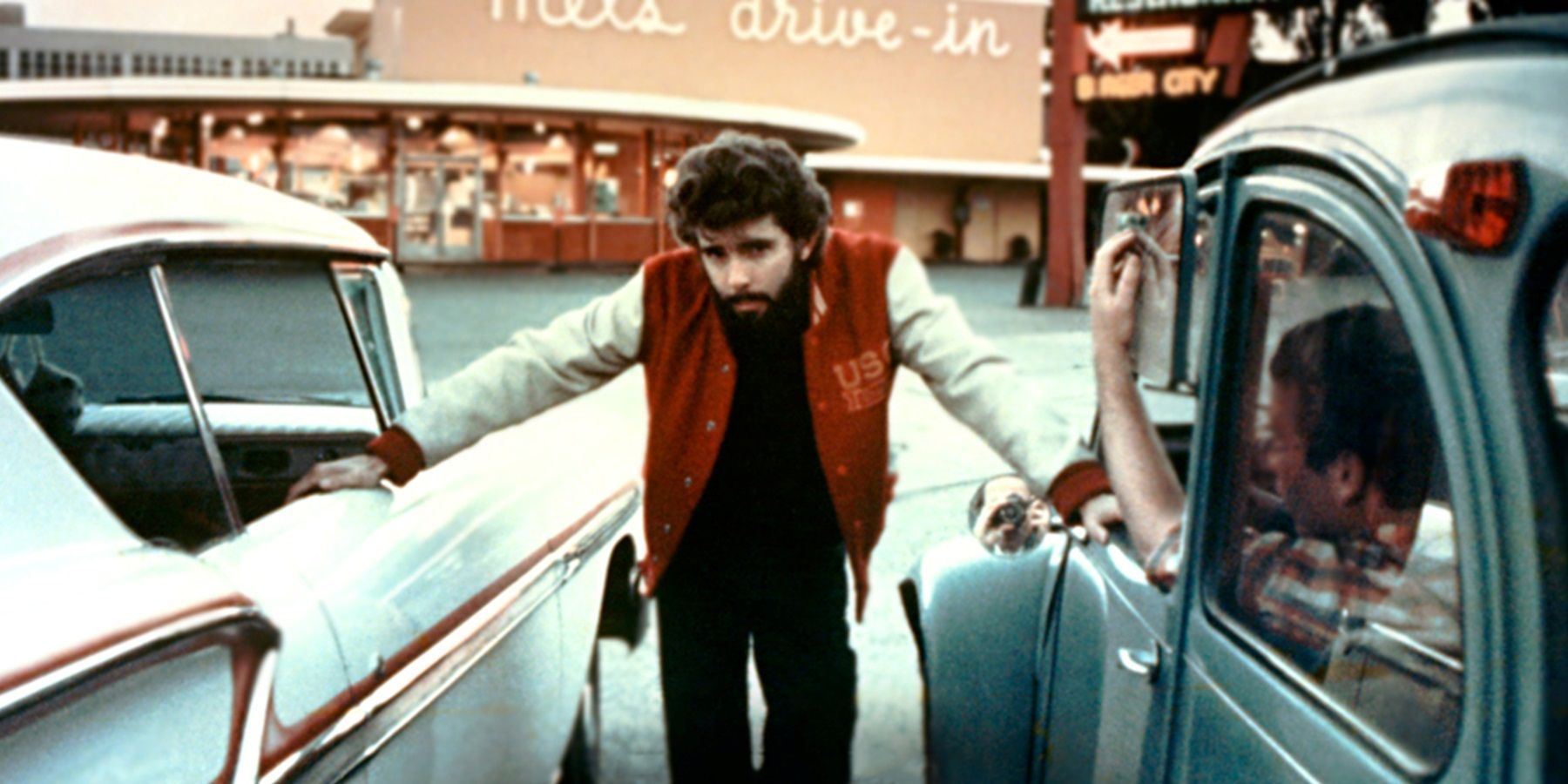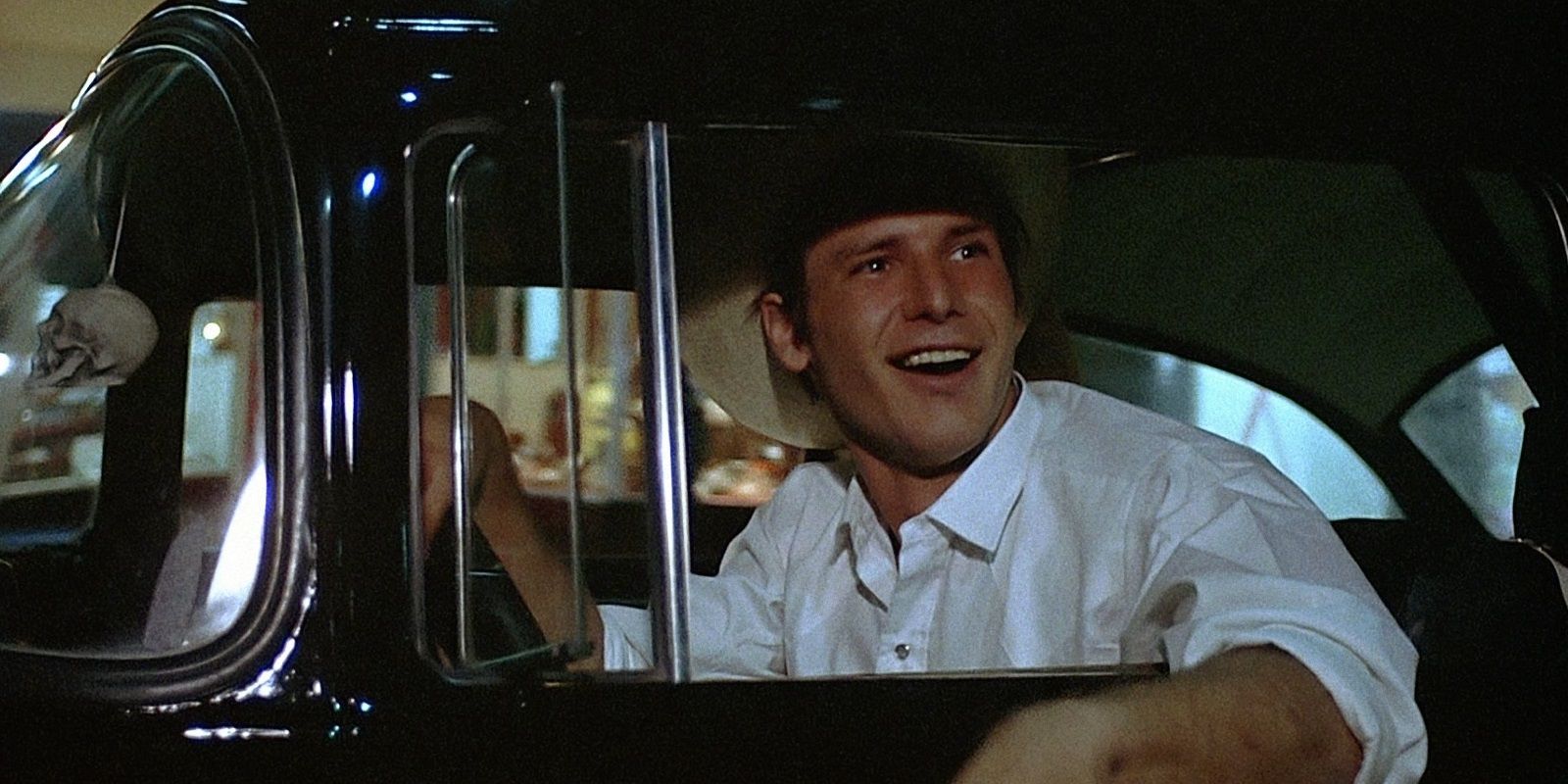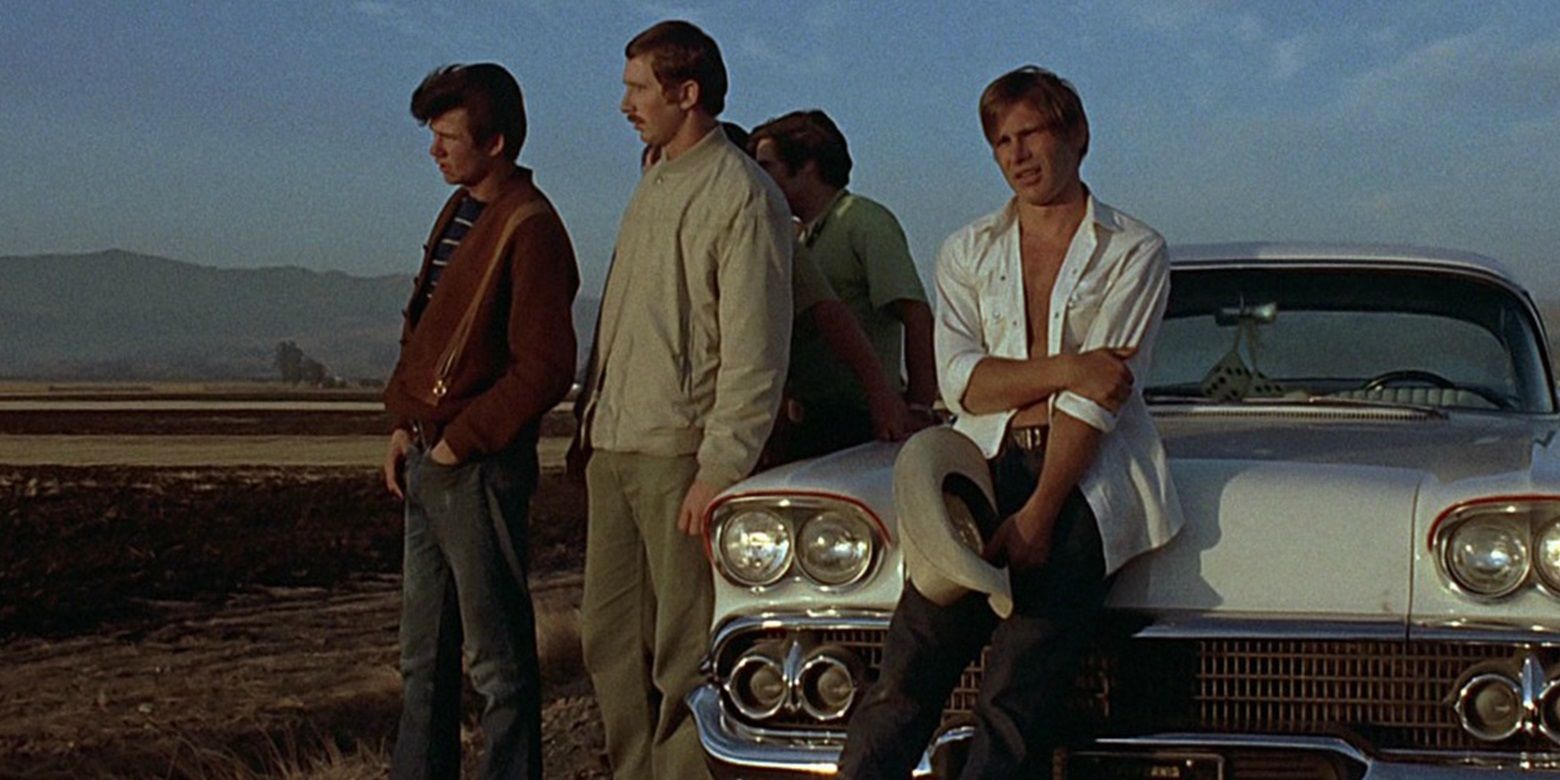George Lucas is best known for creating the Star Wars franchise, but he only got the clout to make Star Wars after his nostalgic comedy American Graffiti became a huge box office hit. It received unanimous praise from critics, became one of the highest-grossing films of 1973, and still holds up today as a timeless classic. Only a movie with the historic, game-changing success of Star Wars could overshadow a universally acclaimed fan-favorite gem like American Graffiti. Like Star Wars, American Graffiti became the definitive film of an entire genre. Whereas Star Wars became the definitive space opera (and, more broadly, the definitive action-adventure), American Graffiti has become renowned as the definitive ensemble hangout comedy.
Set in Lucas’ hometown of Modesto, California in the year 1962, when Lucas was 18, American Graffiti captures that time in everyone’s life when a bright future lies ahead and anything seems possible. The film encapsulates the burgeoning cruising and rock ‘n’ roll cultures that were popular at the time, with a convoy of classic cars and a soundtrack full of contemporary hits by such legendary artists as Chuck Berry, Buddy Holly, and the Beach Boys. Rather than following a traditional plot, American Graffiti has more of a loose, laid-back structure (unlike Star Wars, which has become the most widely recognized example of the “monomyth” at work). It’s a series of mostly disconnected vignettes revolving around a sprawling cast of bright-eyed high schoolers looking for good times on the last night of their summer vacation.
American Graffiti Was George Lucas' First Box Office Hit
Lucas’ greatest box office legacy will always be Star Wars’ record-breaking theatrical run. Star Wars surpassed Jaws to become the highest-grossing movie ever made and coined the term “blockbuster” because audiences were literally lining up around the block to see it. Studios have been chasing the success of Star Wars for the past half-century with their own speculative I.P.s and “hero’s journey” narratives. But American Graffiti was Lucas’ first box office hit. It didn’t make enough money to change the course of film history like Star Wars, but it still had a very impressive run. Produced on a shoestring budget of just $777,000, American Graffiti went on to become one of the most profitable movies ever made with a worldwide box office gross of $140 million (via The Numbers).
If American Graffiti hadn’t been a surprise hit, then Lucas might not have been able to convince a Hollywood studio to take a gamble on his weird Flash Gordon-style space movie. Lucas’ friend and producing partner Francis Ford Coppola tasked him with writing a script that would appeal to mainstream audiences. Writing with the intention of making a hit usually doesn’t work out, but Lucas’ script turned out to be exactly what audiences wanted to see. In Marcus Hearn’s book The Cinema of George Lucas, Lucas is quoted as saying, “Cruising was gone, and I felt compelled to document the whole experience and what my generation used as a way of meeting girls.” As it turned out, everyone from Lucas’ generation – the generation between the Greatest Generation and the Baby Boomers, dubbed the “Silent Generation” – felt the same way and wanted to return to that time in their lives on the big screen.
American Graffiti Remains The Quintessential Hangout Comedy
Before Star Wars arrived as the quintessential space adventure epic, American Graffiti arrived as the quintessential hangout comedy. It’s more about feelings and attitudes than plot points and character arcs. Lucas’ groundbreaking work on American Graffiti presented filmmakers everywhere with a template to immortalize their teenage years on film. Every freewheeling comedy that captures the look and feel of a bygone era through its director’s nostalgic lens, from Richard Linklater’s Dazed and Confused to Paul Thomas Anderson’s Licorice Pizza, owes a debt to American Graffiti. Long before Stand by Me and Stranger Things came along, Lucas was one of the first filmmakers to catch on to the power of nostalgia. Just as Linklater’s ‘90s comedy is nostalgic for the ‘70s, Lucas’ ‘70s comedy is nostalgic for the ‘60s.
The ensemble cast features such contemporary stars as Richard Dreyfuss, Mackenzie Phillips, Ron Howard (credited as Ronny Howard), and Lucas’ future Star Wars and Indiana Jones star, Harrison Ford, in one of his earliest film roles. This ensemble’s antics are seamlessly cut together by two of the most legendary editors in film history: Verna Fields, the “mother cutter” who edited Jaws and What’s Up, Doc?, and Lucas’ then-wife Marcia Lucas, who won an Oscar for editing the original Star Wars movie. American Graffiti is a masterpiece from start to finish. It’s worth a watch for anyone who enjoys light, breezy comedies, anyone who has a nostalgic affinity for ‘60s Americana, or anyone who wants to see where Lucas honed his craft as a filmmaker before jetting off to a galaxy far, far away.

